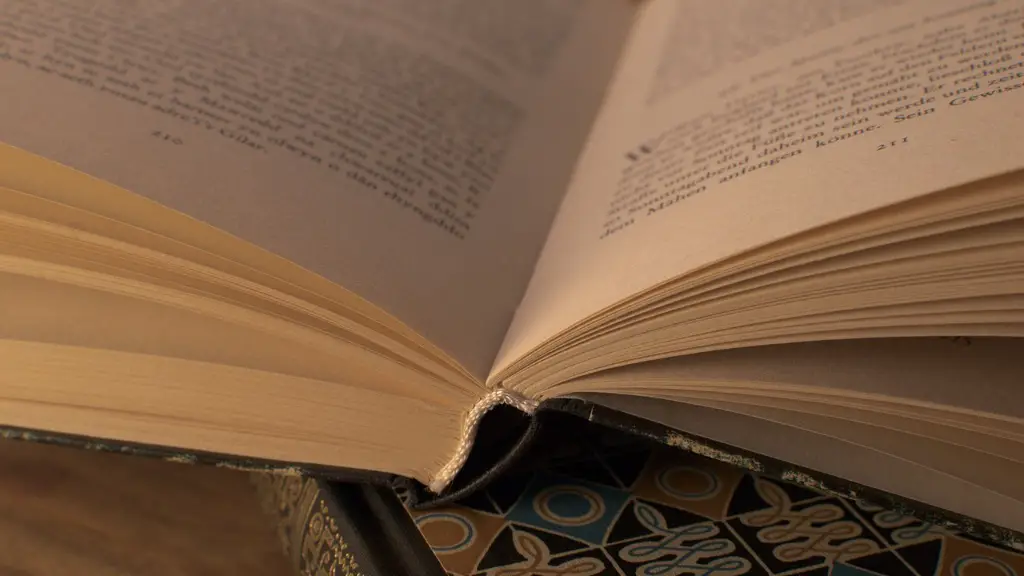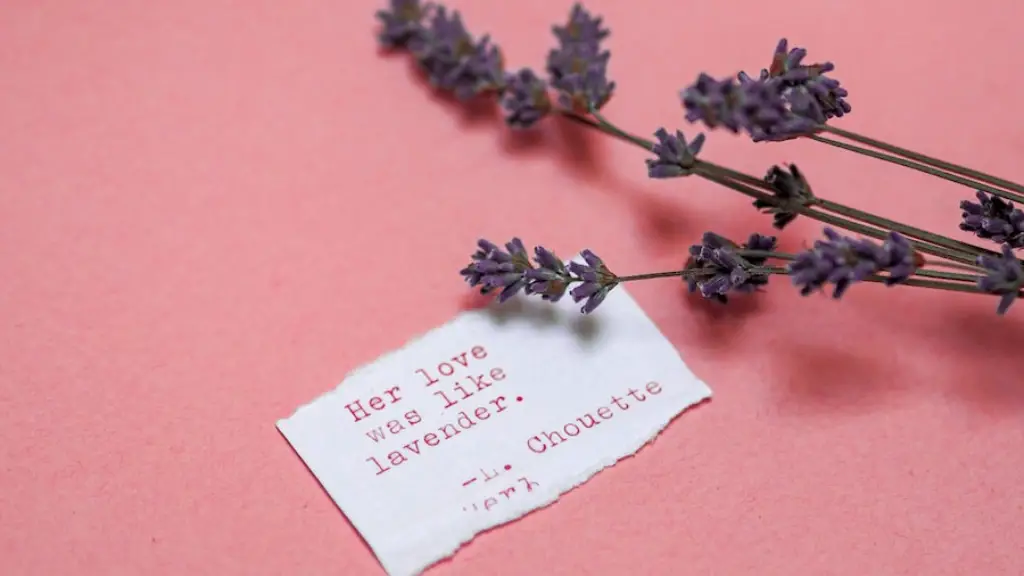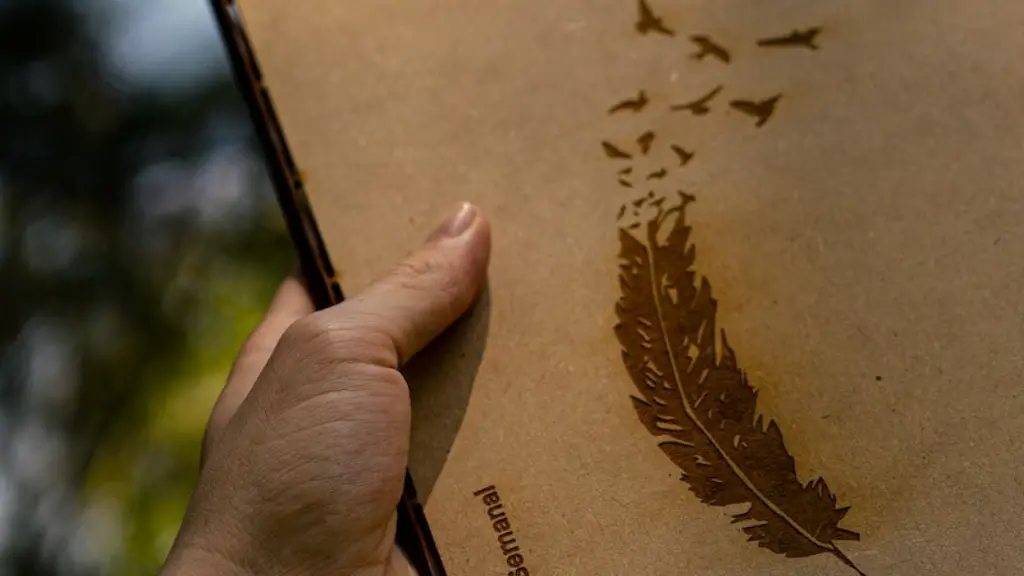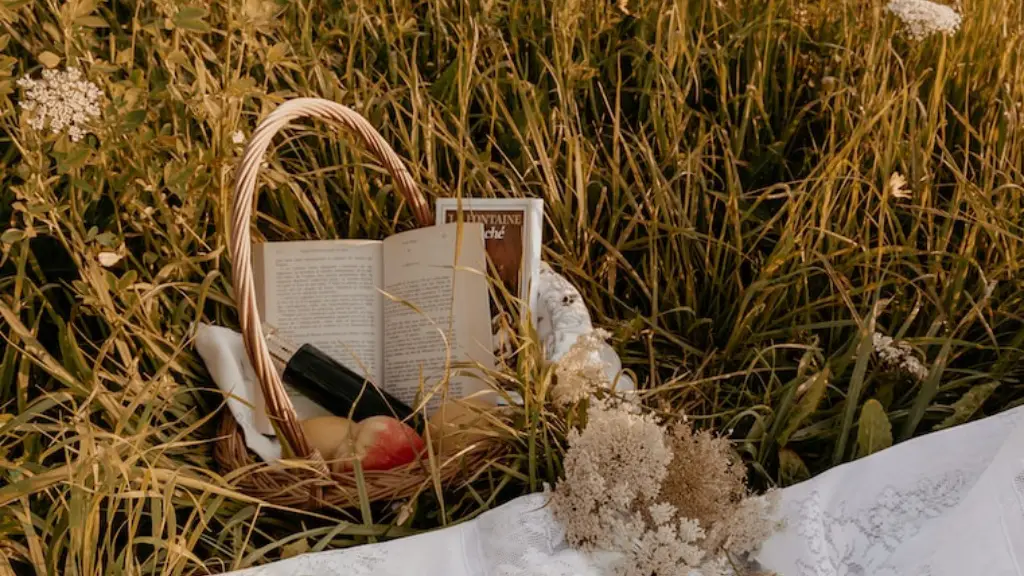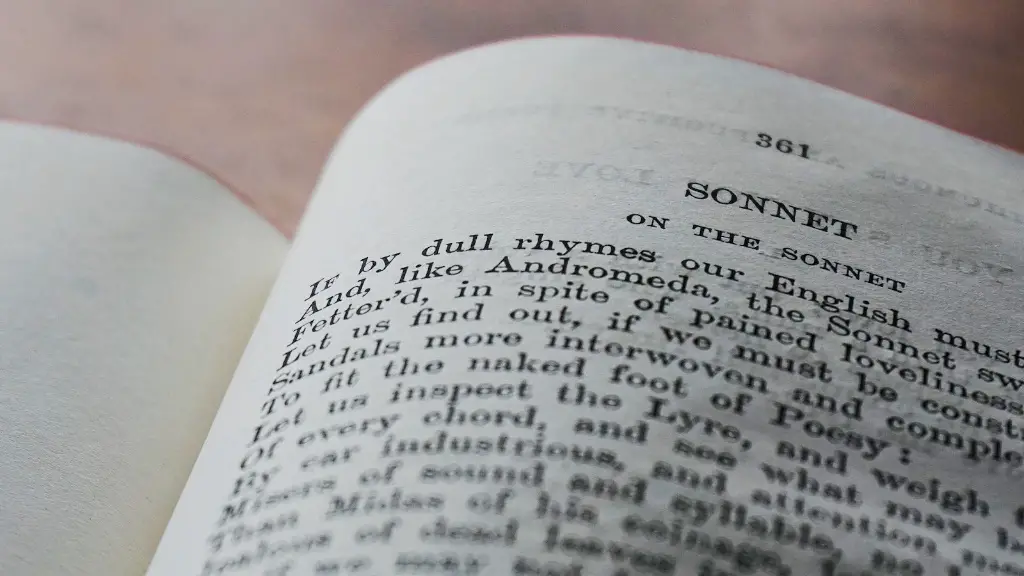The Basics Of Slam Poetry
Slam poetry is a unique type of performance that combines spoken word, music and lyrics. It is often seen as an art form in its own right and draws crowds from all walks of life. Unlike traditional poetry which is often performed in a solitary setting, slam poetry seeks to engage with the audience and use their reactions as part of the performance. It is an intense, spirited and often entertaining type of spoken word that provides an engaging experience for both the poet and the audience.
At its core, slam poetry involves the use of words to convey powerful emotions, feelings and experiences. It can be composed of stories, personal accounts, social critiques, political manifestos and more. But more than just words, a successful slam poem will draw on a wide range of techniques such as music, song, and even dance in order to create an impactful performance.
Slam Poetry Examples
Slam poetry can take many different forms and be influenced by several genres. For example, you could have poetries in the form of stories, monologues, or even musical performances. Here are some examples of different types of slam poetry:
- Monologue Slam Poems: Monologue slam poems involve one speaker, often in first-person, delivering an unfolding story. This type of slam poetry puts the emphasis on the delivery and the emotions of the performer. For example, a monologue slam poem could be about going through a traumatic experience or about forging a new identity.
- Political Slam Poems: Political slam poems use words to address social and political issues. They can be used to spread a message, to challenge the status quo, or to express a strong opinion on an issue. Political slogan poems often incorporate metaphors and other poetic techniques to paint a picture of the issue being discussed.
- Musical Slam Poems: Musical slam poems bring the added dimension of music to the performance. This type of slam poetry could involve singing, rapping, or playing an instrument as part of the performance. It is often used to create a more engaging experience for both the poet and the audience.
The best way to get an understanding of slam poetry is to simply go and see a live performance. It can be an intense and emotional experience, but also a lot of fun. If you can’t make it to a live event, many poets have recorded their performance and uploaded them to the internet – YouTube is usually a good starting place.
The Origin And History Of Slam Poetry
Slam poetry as we know it today emerged in the mid-1980s, as a form of ‘spoken word’ performance. It was a response to the growing dissatisfaction with conventional poetic forms and the desire for a more immediate, engaging form of expression. It was also used as a form of protest against the oppressive and unjust systems of oppression that existed at the time.
The earliest slam poetry gatherings were held in the mid-1980s in New York City, with poets from all walks of life competing in their performances. The success of these events soon spread across the United States and ultimately around the globe, with slam poetry becoming a popular art form in many countries. Today, slam poetry continues to be an important tool for creative expression, as well as a means of challenging the status quo and advocating for change.
The Structure of Slam Poetry
Although there is no set structure to slam poetry, there are a few general guidelines that are often followed. Most slam poets compose their work in a few minutes, usually without any pre-prepared material. Sometimes they will freestyle a piece, while other times they will compose it out of already existing words. Most slam poets also use devices such as metaphors and repetition, and often draw on elements from other art forms such as music, dance and acting.
Slam poets also often incorporate movements into their performances. These might be as simple as hand gestures or more elaborate body movements. Movement can be used to emphasize certain lines or to bring an emotional connection to the audience.
Where to find examples of Slam Poetry?
If you’re looking for examples of slam poetry, YouTube is the best place to start. There are countless videos to watch, featuring some of the best slam poets in the world. Additionally, there are many websites that showcase slam poets and their work.
Alternatively, you can attend a live performance. Many cities have slam poetry nights at local venues, so check your local listings to see if there’s anything available near you. Finally, there are many books and magazines dedicated to slam poetry, so if you’re interested in the poetry form you should take a look at them.
Types of Slam Poetry Events
Slam poetry events come in all shapes and sizes. Some events involve a single poet, while others are full-on competitions with dozens of poets competing against each other. Some events feature themes, while others are open to any type of performance.
In addition to traditional slam poetry, there are also other forms of performance such as virtual slams, which involve poets sending recordings of their work and having them judged online. Additionally, there are also hybrid forms such as ‘spoken word rapping’ or ‘rap battles’, which involve a combination of rap music and speech.
When attending a slam poetry event, it’s important to read through the rules and understand the format. This will ensure that your performance will be judged fairly and the event runs smoothly.
What are the benefits of Slam Poetry?
Slam poetry provides an excellent avenue for creative self-expression. It is a powerful tool for exploring emotions, expressing opinions and challenging the status quo. It gives people an opportunity to share their experience with an audience and to connect with them in a meaningful way.
Slam poetry also helps to strengthen one’s writing and public speaking skills, as well as their confidence. It encourages individuals to express themselves without fear of judgment and helps to build a strong sense of self-worth. Finally, slam poetry helps to create a sense of community, as it allows people to connect with each other through their shared love of the art form.
The Global Reach of Slam Poetry
Slam poetry is now a global phenomenon. There are thriving slam poetry scenes in countries such as the United States, Canada, England, Germany, France, Australia, Malaysia and South Africa, with dozens more countries joining in on the fun. It is a powerful form of expression for people from all backgrounds and walks of life, bringing people together in celebration of their shared humanity.
Slam poetry also has the potential to be a powerful force for social change. It can provide a platform for challenging injustice, advocating for progress and inspiring action. As with all forms of art, it is important that poets use their words responsibly and ethically.
Rules of Slam Poetry
Given the competitive nature of slam poetry, some events will have a set of rules that poets should adhere to. These can range from time limits to restrictions on topics or language. It is important to read these rules carefully before taking part in a slam, as some may contain stricter regulations than others.
Most venues will have rules in place to ensure that, while poets can express themselves freely and passionately, they do so in a respectful way. This means that offensive language or attacks on individuals or groups of people should be avoided. It also means that there should be no discrimination based on race, gender, sexual orientation or religion.
Overall, slam poetry provides a unique experience for both poets and audiences alike. It is an excellent form of self-expression and a powerful way to spread a message of hope, love and social change. If you’ve ever wanted to give it a try, now is the time to get out there and start sharing your words!
